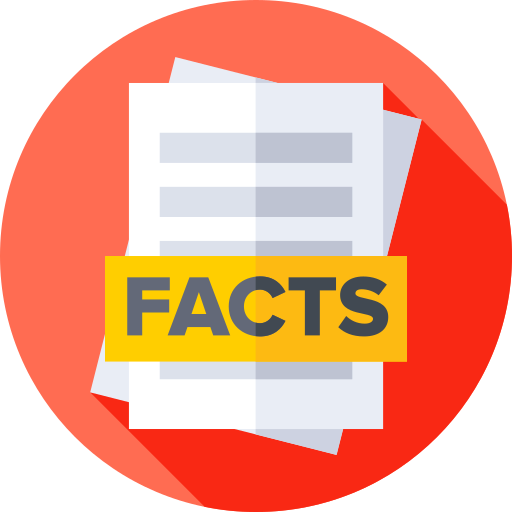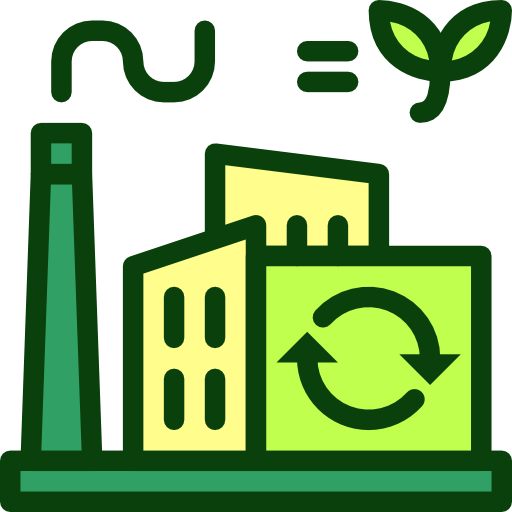South Sudan - Geography

Here, let us take a look at the Geography of South Sudan. Landlocked; The Sudd is a vast swamp in the north central region of South Sudan, formed by the White Nile; its size is variable but can reach some 15% of the country's total area during the rainy season; it is one of the world's largest wetlands. Mother's mean age at first birth is (), whereas, the Maternal mortality ratio is 1,223 deaths/100,000 live births (2020 est.)
Geographical data of South Sudan
| Location | East-Central Africa; south of Sudan, north of Uganda and Kenya, west of Ethiopia |
|---|---|
| Geographic coordinates | 8 00 N, 30 00 E |
| Map references | Africa |
| Tarrain | plains in the north and center rise to southern highlands along the border with Uganda and Kenya; the White Nile, flowing north out of the uplands of Central Africa, is the major geographic feature of the country; The Sudd (a name derived from floating vegetation that hinders navigation) is a large swampy area of more than 100,000 sq km fed by the waters of the White Nile that dominates the center of the country |
| Natural Resources | hydropower, fertile agricultural land, gold, diamonds, petroleum, hardwoods, limestone, iron ore, copper, chromium ore, zinc, tungsten, mica, silver |
| Natural Hazards | |
| Irrigated Land | 1,000 sq km (2012) |
| Major rivers (by length in km) | Nile (shared with Rwanda [s], Tanzania, Uganda, Sudan, and Egypt [m]) - 6,650 km note: [s] after country name indicates river source; [m] after country name indicates river mouth |
| Major aquifers | |
| Land Boundaries | 6,018 km |
| Border Countries | Central African Republic 1,055 km; Democratic Republic of the Congo 714 km; Ethiopia 1,299 km; Kenya 317 km; Sudan 2,158 km; Uganda 475 km |
| Coastline | 0 km (landlocked) |
| Climate | hot with seasonal rainfall influenced by the annual shift of the Inter-Tropical Convergence Zone; rainfall heaviest in upland areas of the south and diminishes to the north |
| Area | |
| Total Area | |
| Land Area | NA |
| Water Area | NA |
| comparative Area | more than four times the size of Georgia; slightly smaller than Texas |
| Maritime Claims | |
| Elevations | |
| Highest point | Kinyeti 3,187 m |
| Lowest point | White Nile 381 m |
| Land Use | |
| Agricultural land | 44.7% (2022 est.) |
| Agricultural land: arable land | arable land: 3.8% (2022 est.) |
| Agricultural land: permanent crops | permanent crops: 0.1% (2022 est.) |
| Agricultural land: permanent pasture | permanent pasture: 40.8% (2022 est.) |
| Forest | 11.3% (2022 est.) |
| Other | 44% (2022 est.) |
Population Distribution
Clusters found in urban areas, particularly in the western interior and around the White Nile as shown in this population distribution map
People and Society
In South Sudan, the different Ethnic groups are such that we have: Dinka (Jieng) approximately 35-40%, Nuer (Naath) approximately 15%, Shilluk (Chollo), Azande, Bari, Kakwa, Kuku, Murle, Mandari, Didinga, Ndogo, Bviri, Lndi, Anuak, Bongo, Lango, Dungotona, Acholi, Baka, Fertit (2011 est.)
| Population | |
|---|---|
| Pop growth rate | 4.65% (2024 est.) |
| Birth rate | 36.4 births/1,000 population (2024 est.) |
| Death rate | 8.9 deaths/1,000 population (2024 est.) |
| Health expenditure | 5.9% of GDP (2021) |
| Physicians Density | |
| Hospital bed Density | |
| Total fertility rate | 5.09 children born/woman (2024 est.) |
| Gross reproduction rate | 2.48 (2024 est.) |
| Contraceptive prevalence rate | NA |
| Est married women (ages 15-49) | 72% (2023 est.) |
| Literacy | age 15 and over can read and write |
| Education expenditures | 1.5% of GDP (2016 est.) |
| Net Migration rate | 19.1 migrant(s)/1,000 population (2024 est.) |
| Nationality | South Sudanese | South Sudanese (singular and plural) |
| Languages | |
| Religions | Christian 60.5%, folk religion 32.9%, Muslim 6.2%, other <1%, unaffiliated <1% (2020 est.) |
| Age Structure | |
| 0-14 years | 42.1% (male 2,725,520/female 2,619,035) |
| 15-64 years | 55.3% (male 3,568,064/female 3,458,804) |
| 65 years and over | 2.6% (2024 est.) (male 182,757/female 149,534) |
| Dependency Ratios | |
| Total dependency ratio | 80.8 (2024 est.) |
| Youth dependency ratio | 76.1 (2024 est.) |
| Elderly dependency ratio | 4.7 (2024 est.) |
| Potential support ratio | 21.1 (2024 est.) |
| Median Age | |
| Total | 18.7 years (2024 est.) |
| Male | 18.7 years |
| Female | 18.7 years |
| Urbanization | |
| Urban population | 21.2% of total population (2023) |
| Rate of urbanization | 4.12% annual rate of change (2020-25 est.) |
| Major urban areas (Pop) | 459,000 JUBA (capital) (2023). |
| Sex Ratio | |
| At birth | 1.05 male(s)/female |
| 0-14 years | 1.04 male(s)/female |
| 15-64 years | 1.03 male(s)/female |
| 65 years and over | 1.22 male(s)/female |
| Total population | 1.04 male(s)/female (2024 est.) |
| Infant Motality | |
| Total | 60.1 deaths/1,000 live births (2024 est.) |
| Male | 65.8 deaths/1,000 live births |
| Female | 54.1 deaths/1,000 live births |
| Life Expectancy at birth | |
| Total population | 60.3 years (2024 est.) |
| Male | 58.4 years |
| Female | 62.2 years |
| Drinking Water Sources | |
| Improved: urban | urban: 88.7% of population |
| Improved: rural | rural: 75.8% of population |
| Improved: total | total: 78.4% of population |
| Unimproved: urban | urban: 11.3% of population |
| Unimproved: rural | rural: 24.2% of population |
| Unimproved: total | total: 21.6% of population (2020 est.) |
| Sanitation facility acess | |
| Improved: urban | urban: 60.6% of population |
| Improved: rural | rural: 15.5% of population |
| Improved: total | total: 24.6% of population |
| Unimproved: urban | urban: 39.4% of population |
| Unimproved: rural | rural: 84.5% of population |
| Unimproved: total | total: 75.4% of population (2020 est.) |
Demographic profile
All Important Facts about South Sudan
Want to know more about South Sudan? Check all different factbooks for South Sudan below.
-
 South Sudan Factbook
South Sudan Factbook
-
 The Economy of South Sudan
The Economy of South Sudan
-
 Learn about the Government of South Sudan
Learn about the Government of South Sudan
-
 Communication in South Sudan
Communication in South Sudan
-
 Popular Universities in South Sudan
Popular Universities in South Sudan
-
 Enerny in South Sudan
Enerny in South Sudan
-
 Transport in South Sudan
Transport in South Sudan
-
 The Geography and society of South Sudan
The Geography and society of South Sudan
-
 The Environment of South Sudan
The Environment of South Sudan
-
 Military and security in South Sudan
Military and security in South Sudan